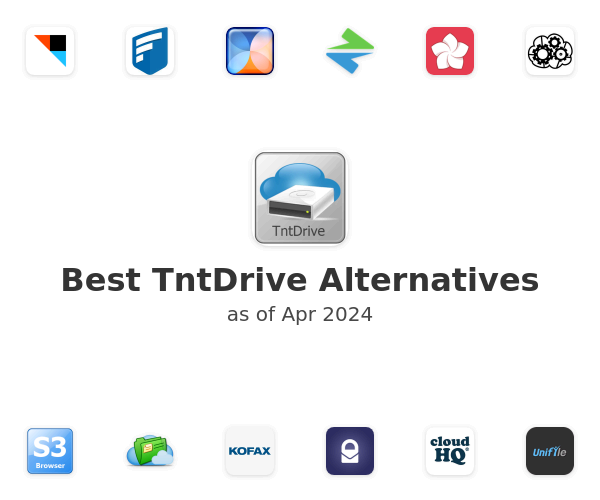

- #Expandrive vs netdrive for mac
- #Expandrive vs netdrive install
- #Expandrive vs netdrive manual
- #Expandrive vs netdrive verification
- #Expandrive vs netdrive free
Now that I’m using it everyday, it’s hard to live without it. Open, edit, and save files to remote computers from within your favorite programs. It acts just like a USB drive plugged into your computer. You get cloud storage in every application. There’s no need to open a separate transfer client just for file transfer. Securely access any remote file server directly. You can use it right inside Finder on a Mac or Explorer on Windows. We’ve been using it, and it’s so convenient. You can also browse and access all files with ease.Įxpandrive supports Dropbox, Google Drive, Google Team Drive, Amazon Drive, Box, OneDrive, Openstack Swift, BackBlaze B2, Amazon S3 or your own SFTP, FTP or WebDAV server and SMB/Windows File Sharing. You mount the drive on your desktop, and from there you can drag and drop files to any of your cloud providers.
#Expandrive vs netdrive for mac
It creates a virtual drive for Mac and Windows that connects to all major cloud storage providers.

From what we've found, ExpanDrive and Mountain Duck (both paid) are the only viable options.Expandrive is pretty amazing.

Unfortunately, SSHFS has problems on MacOS even though it is technically available. ExpanDrive and Mountain Duck both work but are not free.
#Expandrive vs netdrive verification
Upon pressing "Connect" you will be asked for your password and verification code, and File Explorer will open to your supercomputer storage.Īs of the writing of this article, one can't use sshfs within the Windows Subsystem for Linux and SSHFS-Win still doesn't work with two-factor authentication. Drive Letter: the default ("Last Available") works.
#Expandrive vs netdrive install
Download and install it, open it, then fill out the needed information:
#Expandrive vs netdrive free
Windows users can use SFTP Net Drive, which is free for academic use, to mount supercomputer storage as a Windows drive. To mount the supercomputer storage, open a terminal, choose an empty directory (called sc for the sake of this example), and use the following: sshfs -o follow_symlinks scĪfter entering your password and verification code, you should be able to navigate to sc in Finder/Nautilus/Dolphin/Thunar/etc. Install sshfs with your package manager if it isn't included with your distro by default. Sshfs allows you to mount supercomputer storage locally from the command line. You may need to type Ctrl+ L to open up the URL bar where you can type the path. Most graphical file browsers on Linux allow you to navigate to paths like Sometimes you may use ssh: or fish: (KDE option, but sftp: works) instead of sftp:, but that's an uncommon need. This allows you to transparently interact with the files there as if they were on your local machine-you could open a remote text file with Notepad, or save the csv file you're working on in Excel directly to the supercomputer. If you want to browse files on the supercomputer using your file manager, you can use SSHFS for Linux or SFTP Net Drive for Windows ExpanDrive and Mountain Duck work on both Windows and MacOS (ExpanDrive also works on Linux), but are paid. WebDrive Landing Page WebDrive maps a network drive letter to your remote servers and cloud storage, allowing you to access files in a way that’s consistent with the way you already work. Cyberduck is also commonly used, but SSHFS or SFTP Net Drive in combination with your file manager achieves the same effect. ExpanDrive is a fast network drive and browser for cloud storage. If you are using Windows, WinSCP is a bit more intuitive and easy to set up than FileZilla. FileZilla works on all the major operating systems to get it to behave more nicely, follow this guide (replacing addresses and usernames appropriately). Most programs that are specifically designed for transferring files between local and remote storage work somewhat like Norton Commander, with one column for local storage and one column for remote storage to facilitate moving files between them.
#Expandrive vs netdrive manual
See the manual for information about various commands. The interface for sftp is similar to FTP programs, but the data is transferred encrypted over ssh. Scp Documents/myfile.txt and macOS computers will likely have scp out of the box Windows users can download PuTTY and use pscp in the place of scp, or use scp within the Windows Subsystem for Linux. To do so, open a terminal/command prompt and enter something like (replacing username with your username, of course): # From supercomputer to local computer: Scp is useful when you know where your files are and simply want to copy them to/from the supercomputer. Rclone is our recommended tool for transferring files between the supercomputer and cloud storage. Globus also supports sharing datasets with individuals inside and outside of BYU. Globus supports moving files between various supercomputing facilities, national labs, and personal computers. Globus file transfer jobs can be initiated from either a cloud-based GUI or the command line. Globus is ideal if moving large data sets, such as millions of files, or very large files.


 0 kommentar(er)
0 kommentar(er)
